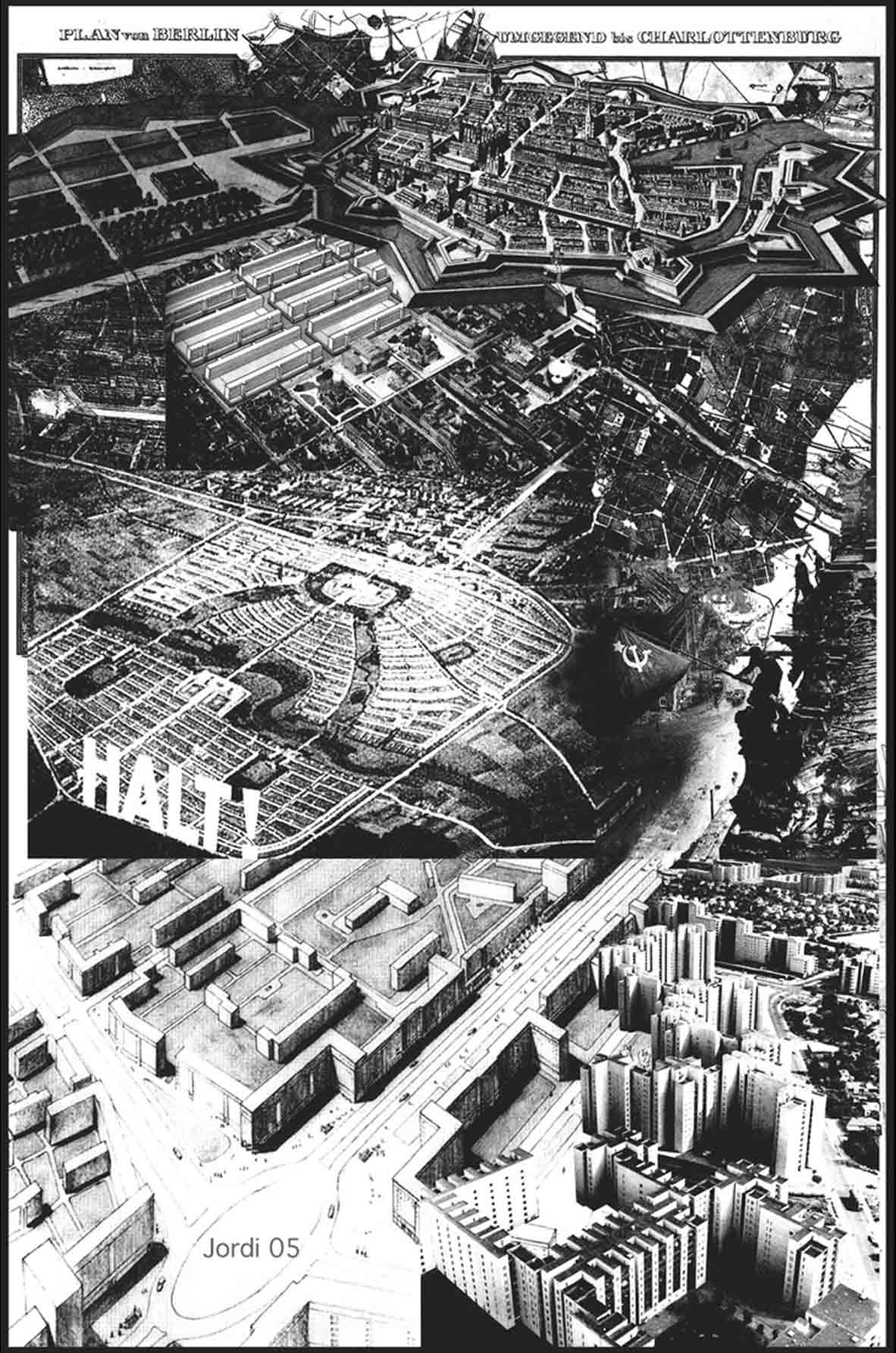Jordi & Keller Architects - Statement

Prehistory and Protohistory
Middle Ages
Baroque
Wilhelminian Period
Modernism
Postmodernism
Post-war Urban Planning
The greater part of historic city centers in Germany have been ruined in terms of design and atmosphere. The destruction of war was followed by demolition and transformation of the reconstruction period, driven by a striving for a visible new beginning. These trends were accompanied by functionalist attempts at segregation and the competition between the Eastern and Western political systems expressed in building culture. Ever since, structures and buildings of many different periods and systems have been clashing, partly in an abrupt manner. They have been forming a omnipresent and permanent array of contrasts, which, in slogan form could at best be described as a „collage-like urban planning“.
Progressive loss of Identity
As a result of the carefree mix of historical fragments and new building projects, which are mostly a result of contemporary building fashion, the cities are increasingly losing their identity, especially in those areas with inherently homogenic structures. The uniqueness of a city’s origin and the regional buliding culture that is interlinked with it can no longer be experienced on an architectural and urban level. As a result of the one-sided orientation towards the present in an abstract and increasingly eye-catching architectural language, the constructed environment has lost ist subtle complexity and therefore ist narrative power.
The Re-discovery of Place
It has become imperative to counteract these tendencies. An analytical approach is needed, one which draws from the collection of the current building structures, the ones that existed in the past, and those that we hope will exist in the future. The result should be a solution, which is suited to the location on an architectural and urban level. Its thematical emphasis should corrrespond to the importance of place in the collective memory of the city. For example, to make the historical nucleus of a place tangible again, one should consider recovering the historical character of a city center or its historical atmosphere. To achieve this, a structural, typological and architectural reference to the origin and heyday of the area, in the sense of „building-on and transforming into the present“ is necessary.
Regional Architecture and Urbanism
Without excluding reconstruction per se, this architecture should be neither timeless, nor contemporary. It should bridge the two. The authors of this statement are not interested in recreating a character-defining time period, but rather in sketching the great „meta-epochal“ developments of the regional building traditions, based on the corresponding trends of their original time period. Thus, the goal is to create a framework for a multilayered architecture by referencing the history and surroundings of a place. The higher goal of this architecture is to connect harmoniously with the built environment and to contribute to the deeper understanding of a place, using architectural narrative force – especially when the place can no more speak for itself. The individual signature of the architect reveals itself in the compositional synthesis and reduction of the available thematic material into a new independent whole.
